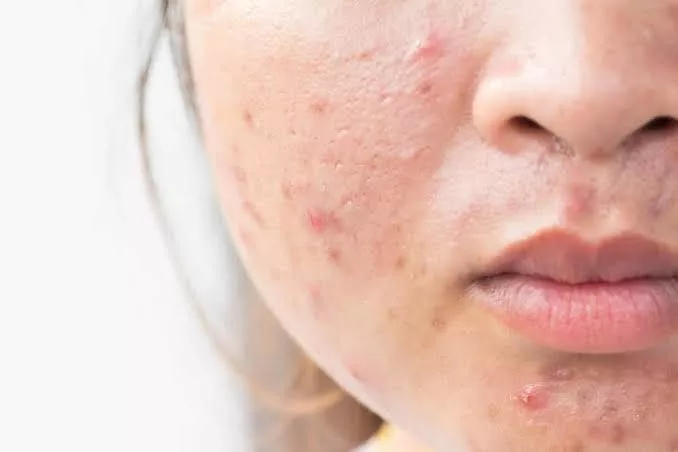
Acne, also known as acne vulgaris, is a skin ailment that is caused by the clogging of hair follicles by sebum (oil) and dead skin cells (also known as keratin). It begins when oily secretions from the skin's sebaceous glands block the small apertures of the hair follicles.
This is the beginning of a condition known as alopecia areata (plugged pores). If the holes are sufficiently large, the clogs will have the appearance of blackheads, which are described as being small, flat spots with dark centers. If the apertures continue to be small, the clogs take on the appearance of whiteheads, which are small bumps that have a center that is flesh-colored.
Both types of clogged pores have the potential to develop into painful inflammations or pimples as well as deeper lumps or nodules on the skin. Acne that is severe often leads to the development of nodules, which are solid bumps that appear beneath the surface of the skin (cystic acne). They have the potential to become inflamed, sensitive, and even infected on occasion.
Ace can also form on other parts of the body than the face, including the neck, chest, back, shoulders, and upper arms. Acne is most common in adolescents, with prevalence rates ranging from 70 to 87 percent. Teenagers have the highest risk of developing acne. Puberty is often the time when it starts, and with it comes the activation of the glands that produce sebum. The adrenal glands of both males and females are responsible for producing male hormones, which activate the glands, which in turn produce oil. Acne can be brought on by a variety of different factors; however, a rise in androgen levels is generally considered to be the most significant contributor. There is a specific hormone known as androgen, the levels of which rise closer to the time of puberty. When there is an increase in androgen levels, the oil glands that are located beneath the skin get larger. The larger gland produces more sebum, which can cause the cellular walls in the pores to become more permeable to germs and ultimately lead to an infection.
Even though acne does not pose a health risk, it can nonetheless cause mental distress and leave scars on the skin if it is severe enough. The sooner you start treatment, the lesser your risk of experiencing long-term damage, both physically and mentally.
1.Lemon
Lemon will prevent the sebum from producing as much oil and will clean the pores of any filth that has accumulated there.
Applying a slice of lemon to the afflicted area and allowing it to sit for a few hours before washing your face with water is an effective way to treat acne.
It is possible that lemon-based skin care products make people more susceptible to sunburn, particularly those with pale skin.
2. Aloe vera
The component known as glucomanan, which may be found in aloe vera, plays an important role in the removal of acne scars.
After washing your face with a mild cleanser and water, make sure to give it ample time to air dry completely. The gel that was derived from the aloe vera leaf should be applied topically. When you wake up in the morning, wash it off after leaving it on all night.
3. Supplemental zinc
Zinc, an antioxidant, reduces inflammation and kills the bacteria that cause acne at the same time. Zinc inhibits the activation of keratinocytes and also protects against the growth of germs, both of which contribute to a reduction in the effect that hormones have on the skin.
You should take a varied dose of zinc every day depending on your age and any other health concerns you have. The recommended daily consumption might range anywhere from 2 mg to 13 mg.
4. Garlic
Allicin, which may be found in garlic, is a compound that possesses antimicrobial, antifungal, antiviral, and antiseptic activities. Acne-causing bacteria can be eliminated with the use of their antimicrobial qualities.
Crushing a garlic clove and applying the juices to the area can release the garlic's antibacterial properties.

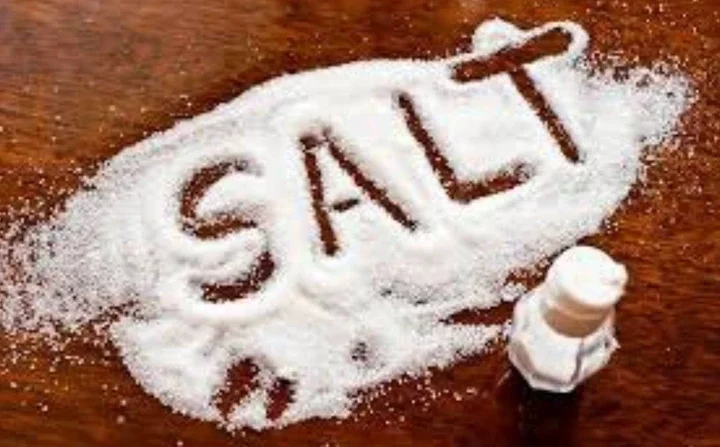
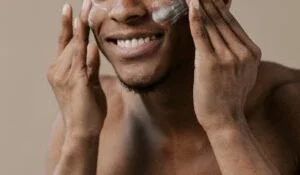
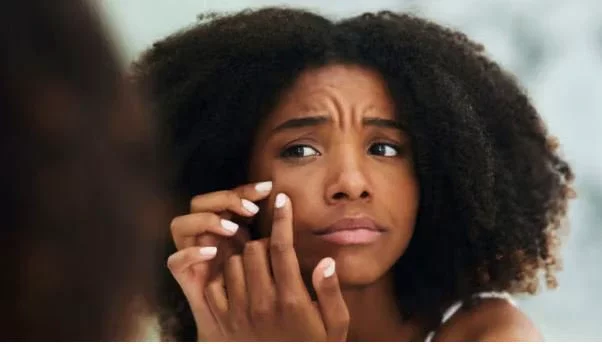
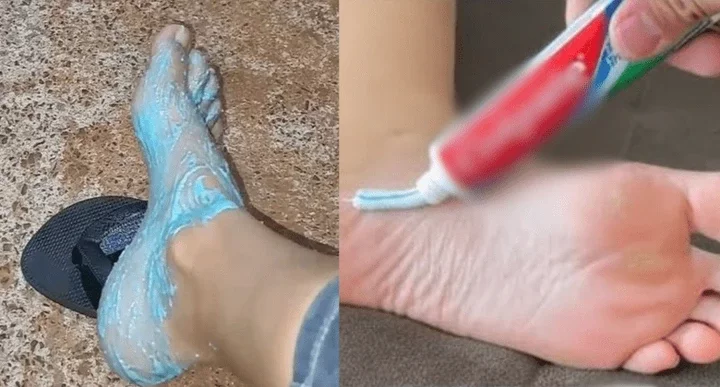












Comments